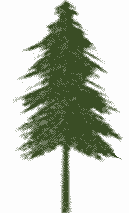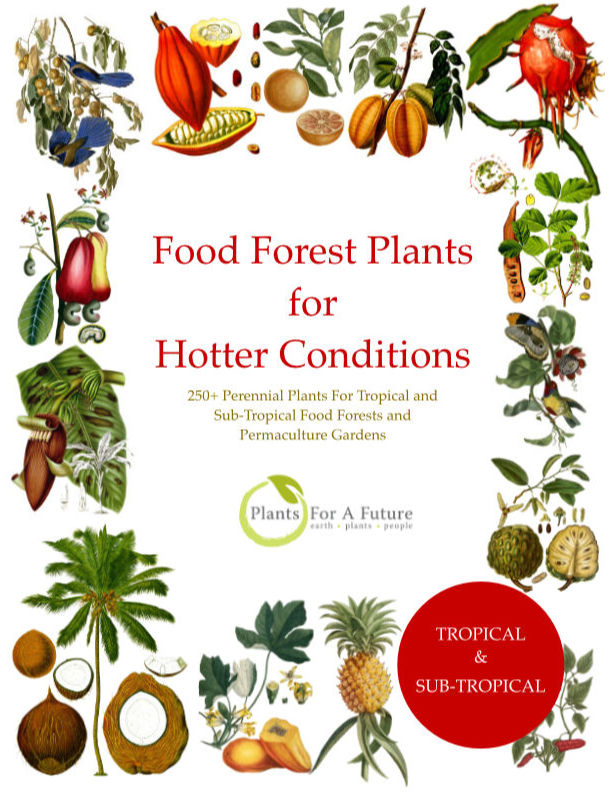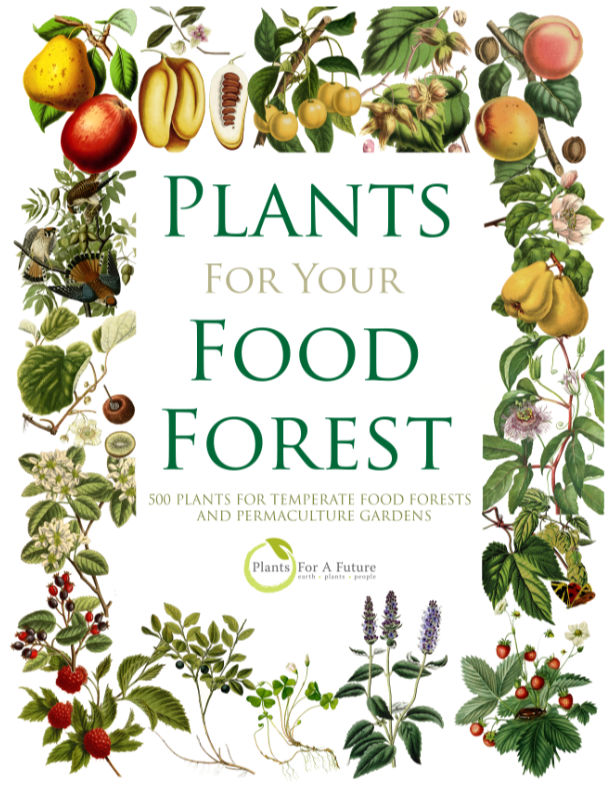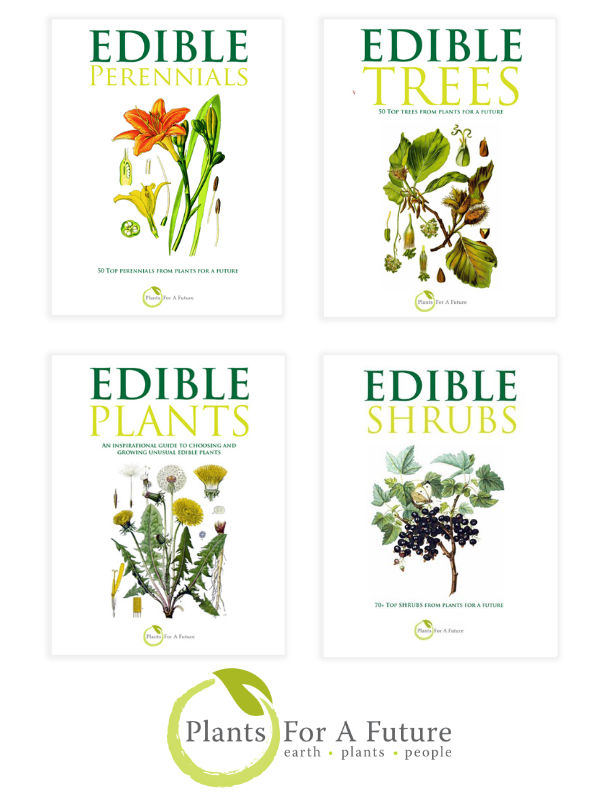Translate this page:
Summary
Orchid tree, Bauhinia purpurea, is a tropical, evergreen small tree or shrub up to 4 - 10 m tall and 2 m across. It has an erect and slender stem, crooked branches, green leaves, and large, purple and orchid like flowers. It is native to South China and Southeast Asia. Orchid tree exhibits medicinal properties. Its root is carminative, flowers are laxative, and the bark, roots and flowers, when mixed with rice-water, are used in poultice form as a maturant. It is also a food plant. The leaves, flower buds, flowers, and young seedpods are cooked and eaten as vegetable. The flower buds can also be pickled and used in curries. Aside from the abovementioned uses of the plant, it also yields a gum. The bark is a source of tannins and fibre, and is used for dyeing. The fine wood is hard and durable and is used in carpentry and fuel. Orchid tree is also cultivated as an ornamental tree.
Common names: Orchid Tree, Purple Butterfly Tree, Mountain Ebony, Geranium Tree, Purple Bauhinia. Other Names: Alibangbang, Barada, Bol-megong, Bunga kupu-kupu, Ching-kho, Chuvannamandaram, Dev-Kanchan, Deva kanchan, Guiral, Jia telong, Kachnar, Kachner, Kairwal, Kanchanam, Kandan, Kaniar, Karalli, Karar, Keelra, Koiralo, Koliar, Kurul, Levosii, Mandari, Mong bo hoa tim, Msekese, Phak-siew, Purple Bauhinia, Rakia kanchan, Rakia-kanchan, Rato kanchan, Sarul, Shivapa, Sona, Tanki, Tapak kuda, Tapak unta, Vaubeh, Vau-fa-vang, Zi Yangtija.
Physical Characteristics

 Bauhinia purpurea is an evergreen Tree growing to 10 m (32ft) by 9 m (29ft) at a fast rate.
Bauhinia purpurea is an evergreen Tree growing to 10 m (32ft) by 9 m (29ft) at a fast rate.
See above for USDA hardiness. It is hardy to UK zone 10 and is frost tender. The flowers are pollinated by Bees.
Suitable for: light (sandy) and medium (loamy) soils and prefers well-drained soil. Suitable pH: mildly acid, neutral and basic (mildly alkaline) soils and can grow in very acid and saline soils.
It can grow in semi-shade (light woodland) or no shade. It prefers moist soil.
UK Hardiness Map
US Hardiness Map
Synonyms
Bauhinia castrata Blanco Bauhinia coromandeliana DC. Bauhinia platyphylla Zipp. ex Spanoghe Bauhinia
Plant Habitats
Edible Uses
Edible Parts: Flowers Fruit Leaves Seed Seedpod
Edible Uses: Condiment Gum
Edible portion: Flowers, Leaves, Seeds, Fruit, Gum. Leaves - cooked and eaten as a vegetable[ 287 , 301 ]. They are used in curries. Flower buds and flowers - cooked and eaten as a vegetable[ 287 , 301 ]. The flower buds are often pickled or used in curries[ 287 , 301 ]. Young seedpods - cooked and eaten as a vegetable[ 287 ]. The seeds are fried and eaten. The gum is edible.
References More on Edible Uses
Medicinal Uses
Plants For A Future can not take any responsibility for any adverse effects from the use of plants. Always seek advice from a professional before using a plant medicinally.
Carminative Laxative
The root is carminative[ 480 ]. The flowers are laxative[ 480 ]. The bark, roots and flowers, when mixed with rice-water, are used in poultice form as a maturant[ 480 ].
References More on Medicinal Uses
The Bookshop: Edible Plant Books
Our Latest books on Perennial Plants For Food Forests and Permaculture Gardens in paperback or digital formats.

Edible Tropical Plants
Food Forest Plants for Hotter Conditions: 250+ Plants For Tropical Food Forests & Permaculture Gardens.
More

Edible Temperate Plants
Plants for Your Food Forest: 500 Plants for Temperate Food Forests & Permaculture Gardens.
More

More Books
PFAF have eight books available in paperback and digital formats. Browse the shop for more information.
Shop Now
Other Uses
Dye Fibre Fuel Gum Pioneer Tannin Wood
Other uses rating: High (4/5). Landscape Uses: Pest tolerant, Aggressive surface roots possible, Specimen, Blooms are very showy. Form: Rounded, Vase. Agroforestry Uses: This tree should make an excellent pioneer with its ease of establishment, rapid growth and hardiness. Some thought should be given, however, to the possibility of it escaping from cultivation[ K ]. Other Uses The plant yields a gum[ 287 ]. The bark is a source of tannins[ 287 ]. It is also used for dyeing[ 480 ]. A fibre is obtained from the bark[ 287 , 454 ]. The wood is rosy-white in colour, turning brown upon exposure to the atmosphere. Fine and closely grained, it is hard and durable[ 480 ]. It is used for carpentry and joinery when large enough; otherwise it is used for agricultural implements[ 146 , 287 , 480 ]. The wood is used for fuel[ 287 ].
Special Uses
Food Forest
References More on Other Uses
Cultivation details
A plant of subtropical to tropical regions where it can usually be found at elevations from 500 - 2,000 metres, exceptionally to 3,000 metres. The mean annual temperature in its natural habitat ranges from 12° - 21°c; it experiences an absolute maximum shade temperature of 38 - 46c and an absolute minimum of -1° - +9°c[ 652 ]. Severe frost kills the leaves of seedlings and saplings, but they can recover during the growing season[ 303 ]. It grows in areas with a mean annual rainfall in the range 1,000 - 5,000mm[ 303 , 652 ]. Grows best in a sunny position[ 200 , 652 ]. Prefers a fertile, moisture-retentive but well-drained, sandy, loamy or gravelly soil[ 200 , 303 ]. The tree actually flowers best when growing on drier soils[ 303 ]. The plant is commonly cultivated in the tropics, where it sometimes escapes from cultivation. There are reports that it can become established in some areas and has been reported as 'invasive' in some Pacific Islands[ 305 ]. The growth of young plants is very rapid under favourable conditions. They have been known to attain heights of 3 metres within 12 months and to be almost 5 metres tall and flowering by the end of their second year[ 652 ]. The pods develop quickly, some attaining a good length whilst the tree is still in flower[ 652 ]. Although many species within the family Fabaceae have a symbiotic relationship with soil bacteria, this species is said to be devoid of such a relationship and therefore does not fix atmospheric nitrogen[ 755 ]. Production: It begins flowering at an early age.
References Carbon Farming Information and Carbon Sequestration Information
Temperature Converter
Type a value in the Celsius field to convert the value to Fahrenheit:
Fahrenheit:
The PFAF Bookshop
Plants For A Future have a number of books available in paperback and digital form. Book titles include Edible Plants, Edible Perennials, Edible Trees,Edible Shrubs, Woodland Gardening, and Temperate Food Forest Plants. Our new book is Food Forest Plants For Hotter Conditions (Tropical and Sub-Tropical).
Shop Now
Plant Propagation
Seed - it germinates readily, with up to 100% germinating after 14 months storage[ 652 ]. Sow in a nursery seedbed in light shade. Germination is very rapid, with seedlings appearing within 4 - 10 days[ 652 ]. Seedlings grow rapidly and, under good conditions, can be more than 1 metre tall within 2 months of germinating[ 652 ]. The seedlings are somewhat difficult to transplant and so are best moved to their permanent positions whilst still small. If larger plants are moved then they should be pruned back to allow easier establishment[ 652 ]. Layering Cuttings of half-ripe wood.
Other Names
If available other names are mentioned here
Common names: Orchid Tree, Purple Butterfly Tree, Mountain Ebony, Geranium Tree, Purple Bauhinia. Other Names: Alibangbang, Barada, Bol-megong, Bunga kupu-kupu, Ching-kho, Chuvannamandaram, Dev-Kanchan, Deva kanchan, Guiral, Jia telong, Kachnar, Kachner, Kairwal, Kanchanam, Kandan, Kaniar, Karalli, Karar, Keelra, Koiralo, Koliar, Kurul, Levosii, Mandari, Mong bo hoa tim, Msekese, Phak-siew, Purple Bauhinia, Rakia kanchan, Rakia-kanchan, Rato kanchan, Sarul, Shivapa, Sona, Tanki, Tapak kuda, Tapak unta, Vaubeh, Vau-fa-vang, Zi Yangtija.
Native Range
TROPICAL ASIA: Bhutan, India, Sri Lanka, Nepal, Pakistan (east), Myanmar, Thailand
Weed Potential
Right plant wrong place. We are currently updating this section.
Please note that a plant may be invasive in one area but may not in your area so it's worth checking.
There are reports that it can become established in some areas and has been reported as 'invasive' in some Pacific Islands and Cuba.
Conservation Status
IUCN Red List of Threatened Plants Status : Least Concern

Growth: S = slow M = medium F = fast. Soil: L = light (sandy) M = medium H = heavy (clay). pH: A = acid N = neutral B = basic (alkaline). Shade: F = full shade S = semi-shade N = no shade. Moisture: D = dry M = Moist We = wet Wa = water.
Now available:
Food Forest Plants for Mediterranean Conditions
350+ Perennial Plants For Mediterranean and Drier Food Forests and Permaculture Gardens.
[Paperback and eBook]
This is the third in Plants For A Future's series of plant guides for food forests tailored to
specific climate zones. Following volumes on temperate and tropical ecosystems, this book focuses
on species suited to Mediterranean conditions—regions with hot, dry summers and cool, wet winters,
often facing the added challenge of climate change.
Read More
Expert comment
Author
L.
Botanical References
Links / References
For a list of references used on this page please go here
A special thanks to Ken Fern for some of the information used on this page.
Readers comment
| Add a comment |
|
If you have important information about this plant that may help other users please add a comment or link below. Only comments or links that are felt to be directly relevant to a plant will be included. If you think a comment/link or information contained on this page is inaccurate or misleading we would welcome your feedback at [email protected]. If you have questions about a plant please use the Forum on this website as we do not have the resources to answer questions ourselves.
* Please note: the comments by website users are not necessarily those held by PFAF and may give misleading or inaccurate information.
To leave a comment please Register or login here All comments need to be approved so will not appear immediately.
|
Subject : Bauhinia purpurea
|
|
|
|